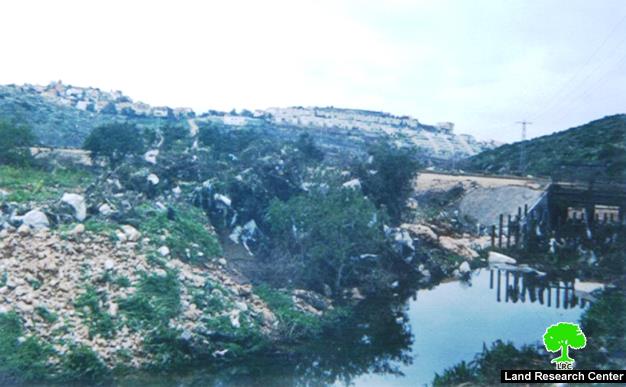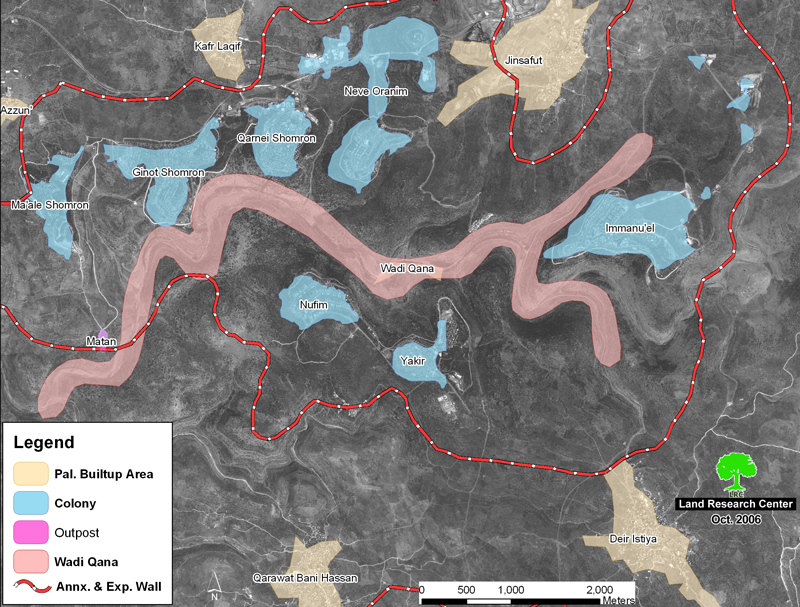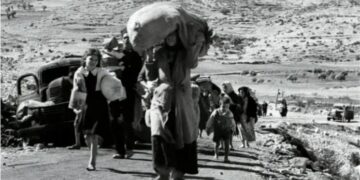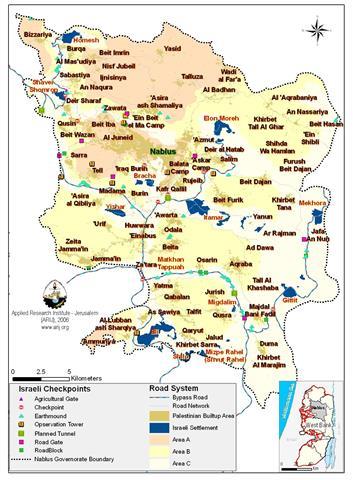( Photo 1: in the background is the settlement of Emmanuel,
in the foreground is the swage water canal coming from the settlement)
Wadi Qana is located in the north western region of the West Bank between the cities of Nablus and Qalqiliya passing by many Palestinian villages such as Jinasfut, Deir istiya and Qarawat Bani Hassan, Salfit governorate. It contains about 10000 dunums of agricultural lands, dominated by the citrus tree. Eleven surface springs are located in the valley, however, most of them are unusable now because of the high percentage of pollution caused by the existing Israeli settlements. See Photo 2
Before the advent of the occupation, these springs served as the main water resource for agricultural, animal and human consumption and catered for their needs. After the occupation, the area became the focal point of the Israeli settlement activity where most of the Wadi's hill tops were occupied by Israeli settlements, including the following:
|
No. |
Settlement name |
Date of establishment |
Built up area Dunum |
Municipal area Dunum |
Population 2004 |
|
1 |
Emmanuel |
1982 |
328 |
1909 |
2585 |
|
2 |
Yakir |
1981 |
342 |
1364 |
960 |
|
3 |
Nofim |
b.s.up |
248 |
331 |
414 |
|
4 |
Ma'ale Shomron |
1980 |
216 |
1903 |
549 |
|
5 |
Ginnot Shomron |
1985 |
484 |
Non Available |
Non Available |
|
6 |
Qarne Shomron |
1978 |
1351 |
7339 |
6170 |
|
7 |
Neve Ornaim |
1991 |
153 |
Non Available |
Non Available |
|
Total |
3122 |
12846 |
10678 |
||
Source: Foundation for Middle East Peace
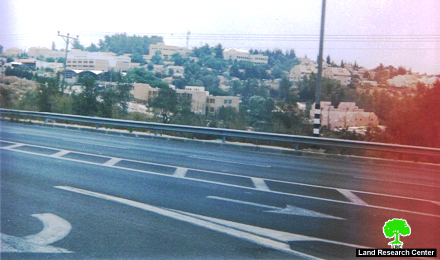
(Photo 3: Karnei Shormon settlement built on Deir Istiay land)
Source of pollution
Wadi Qana has been transformed into a source of pollution as a result of discharging the waste and swage water from Israeli settlements into it. The once fertile Wadi of Qana is currently used as a cesspool and rubbish dump for all of the Israeli settlements in the area. For instance, the settlers of Emmanuel which is located at the eastern opening of the valley continue to pour their sewage and waste water into it. The western parts of the valley receive the sewage water from Karne And Ma'ale Shomron where is located the spring of Ein at Tanur which used to irrigate not less than 200 dunums of agricultural fields. The Wadi serves as the rubbish dump of the solid waste coming from the industrial zone affiliated to Ariel settlement, as well as the industrial zone affiliated to Barkan settlement which contains about 80 Aluminum, Fiberglas and plastic factories. A highly poisonous industrial chemical waste liquids flow into the valley from these settlements as well.
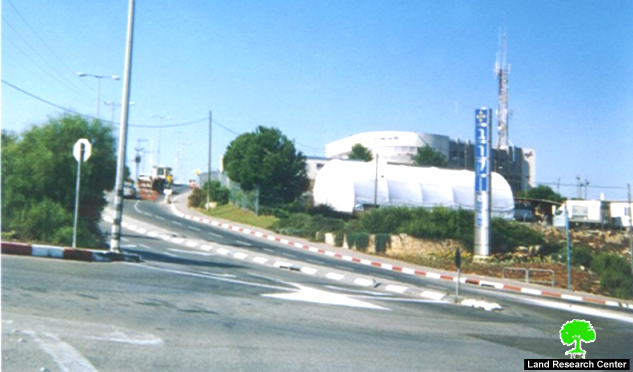
(Photo 4: Entrance to Bakan industrial settlement)
Legal action
Land owners and farmers in Wadi Qana have presented many legal cases to Israeli courts against the ongoing pollution, but in vain. Many calls and appeals were, also, directed to various international human rights and environmental agencies to save the Wadi, but to no avail.
Losses
1. The destruction of agricultural fields and vegetations at the bottom of the valley.
2. The contamination of all the eleven water springs and the destruction of water irrigation systems in the valley.
3. The spread of bad smell caused by the open waste water canals which alienated picnickers, tourists and nature lovers from the area after it had served as a vital regional tourist attraction.
4. Increasing the underground water salinity making it unsuitable or human use.
5. Destroying the agro-biodiversity and increasing desertification in the area.
6. Livestock has been eliminated to the minimum due to the absence of fresh water and suitable grazing zones.
7. Large numbers of wild pigs have been released in the valley for the purpose of terrorizing local people and destroying their agriculture and natural wealth.

Photo 5: The settlement of Nofim in Wadi Qana)
Prepared by
The Land Research Center
LRC


